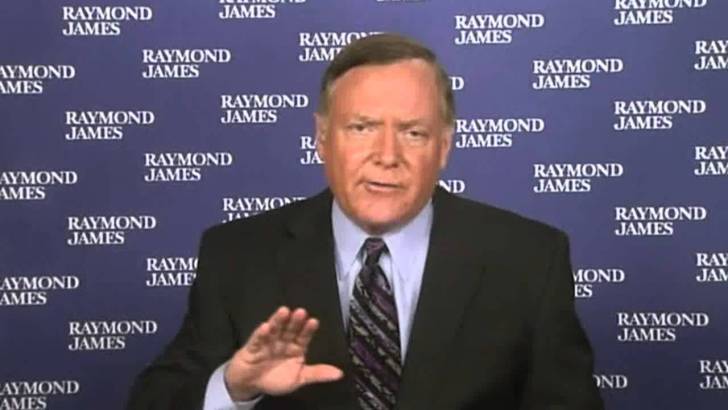by Douglas Drabik, Fixed Income, Raymond James
November 28, 2016
It took 327 days for interest rates across the curve to finally tick higher than where they were at the beginning of the year. That’s right, even with the market euphoria experienced from the announcement of a Trump win, last week marks the calendar date where interest rates on the entire curve finally headed in the direction that nearly every expert or surveyed economist was “certain” would be occurring all year long. It took an unexpected change in political platform to move the needle. I can just hear the undeserving claims of “I told you so”.
| 01/01/16 | Day Prior to Electon | 11/23/16 | 11/28/16 | Net Year-to-Date | |
|---|---|---|---|---|---|
| 1-yr | 0.597% | 0.611% | 0.770% | 0.780% | +18bp |
| 2-yr | 1.048% | 0.818% | 1.123% | 1.119% | +7bp |
| 3-yr | 1.307% | 0.976% | 1.393% | 1.384% | +8bp |
| 5-yr | 1.76% | 1.287% | 1.832% | 1.816% | +5bp |
| 10-yr | 2.269% | 1.826% | 2.350% | 2.336% | +6bp |
| 30-yr | 3.016% | 2.602% | 3.021% | 2.995% | -2bp |
So what can we expect? The interest rate move may seem “premature” since the inauguration doesn’t occur for weeks, but it is a very market logical reaction. Trump supposes to cut corporate taxes, which could mean higher earnings for corporations, improved P/E ratios and all-in-all good news for the stock market. Infrastructure spending will add to the nation’s debt, not-so-good news for the bond market and heightening the risk of higher interest rates. Perhaps some offset will occur with the pullback in entitlements. The net reasonable anticipation is that an increase in the budget deficit through increased spending and decreased revenues (taxes) will push rates up. As dramatic as it can be painted, rates have just first reached beginning of the year levels, hardly melodramatic market results compared to the annual rate forecasts of rates up and multiple Fed hikes.
The markets have now surpassed the 35th year of general flat to lower interest rates. It is no wonder that economists have that “this is the year” attitude toward rates rising; however, even a broken watch has been more accurate. Still, the “out-of-gate” reaction to a change in Washington bares some teeth. It seems like a certainty that the Fed will use this moment as onus to hike short-term rates. How apropos that we may actually see a rate reversal in the year that the Cubs 108 year draught was broken.
A change in fiscal policy, which many experts hoped for, is upon us. Monetary policy alone clearly was not enough either here or overseas. Political timing and market timing are not always in sync. Stimulus packages take years to filter into results yet tax cuts instantaneously reduce revenue. It may take an extended period before things unfold but with a political party control of the presidency and Congress along with the anticipated fiscal platform, it may finally be time to plan for a general interest rate reversal; however, global interest rate disparity, demographics, dollar strength, and timing of changes all stand to mute any over-the-top rate run.
The markets are met with very different circumstances than other historical time periods: central bank control, the U.S. move to energy independence and now a vote shifting from the stagnant political status quo. But different has proven to be not-so-bad. When future generations look back at our current markets, they stand to see a period of low inflation, slow-to-moderate growth and low interest rates. Better said, it is a text book healthy economy. Perhaps a slow steady and controlled rate reversal will prolong our positive growth and expansionary period.
Copyright © Raymond James














